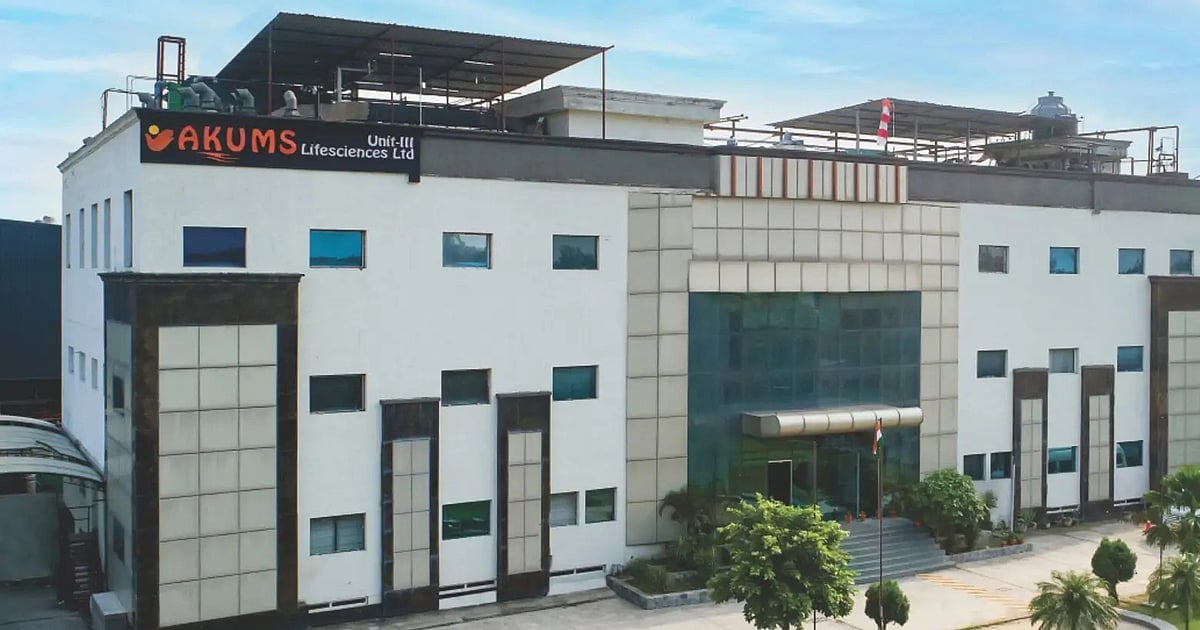“Indian Institute of Talent?”, a middle-aged American once asked me when I told him that I graduated a long time back from one of the Indian Institutes of Technology (IIT). To be honest, that characterisation may not be too incorrect, given that IITs have now been established as a leading pipeline for global CEOs, academics, policy gurus, and entrepreneurs.

There has also been a long-standing debate in both Indian policy circles and at casual luncheons on whether IITs serve their purpose for India, or whether they are merely a large sieve for Indian talent, facilitating brain drain. In a new article, forthcoming in the Journal of Development Economics, my coauthors Ina Ganguli, Patrick Gaulé, and I track career histories for the batch of 2010 IIT applicants and find that 36% of the top 1,000 rank holders migrated to the West. The migration rate rises to 62% for the top 100 rank holders. Students who attended one of the five most prestigious IITs (i.e Bombay, Delhi, Kanpur, Kharagpur, and Madras) are four percentage points more likely to migrate than equally high-scoring students who attended other universities, on average. The effects are mainly driven by students migrating for higher education, rather than for seeking employment.
However, brain drain is only part of the story. We have ample research that shows how the diaspora and return migrants helped grow the Indian knowledge economy. My own research, conducted around a decade ago, demonstrates how a group of 12 return migrants — Indians who spent long careers at Microsoft’s Redmond campus in the United States — were instrumental in setting up the Microsoft R&D centres in Hyderabad and Bengaluru. Over time, the collective efforts of a handful of returnees created opportunities for hundreds of Indian engineers and drew some of the best global minds to India. I met Kentaro Toyama, a brilliant computer scientist from Yale University, who was working with Microsoft Bengaluru. Kentaro travelled to Indian villages, observed how village schools lacked computers, and helped develop the multipoint mouse, a device that allowed more than one child to share a computer screen. In other work, Ramana Nanda and Tarun Khanna showed how ties with the diaspora benefited Indian entrepreneurs, especially entrepreneurs living in cities with weaker formal institutions.
Further developing diasporic ties and facilitating the return migration of talented graduates from elite institutions such as the IITs should continue to be key policy priorities. After the pandemic, knowledge workers have greater flexibility around where they can live. While companies such as GitLab and Airbnb allow employees to live anywhere around the world, other companies such as Google, Mastercard, and American Express allow workers to work-from-anywhere for a few weeks every year. These organisational changes create new opportunities for return migration and building ties with the diaspora. Even short periods of being together can facilitate connections that last for a long time. Startup Chile, which offered short-duration visas to talented foreign entrepreneurs, is a case in point. The connections fostered between the foreign entrepreneurs and local talent remained strong, long after the entrepreneurs had left Chile. In a similar way, talented IITians could contribute to the Indian economy, even if they only spend brief periods of time visiting India, as long as they are using these visits to develop and broaden their local connections.
This brings me to my final point. A concrete idea to make this happen is to leverage the IIT reunion events. Unlike elite western universities, which organise highly programmed reunion events for batches that graduated five, 10, 15, 20, 25 and even 50 years earlier, the organisation of IIT reunion events leaves much to be desired. These should be held with greater frequency and can be used to connect alumni with researchers, current students, and local entrepreneurs. Alumni could then serve as mentors, investors, and partners in knowledge-creating efforts. IITs should not be thought of as the great brain drain sieve. Rather, reimagine them as a platform facilitating brain circulation.
Prithwiraj Choudhury is Lumry Family Associate Professor, Harvard Business School. The views expressed are personal














